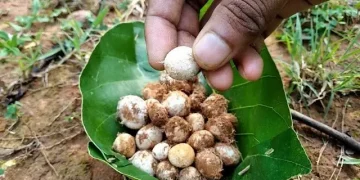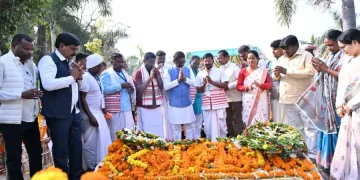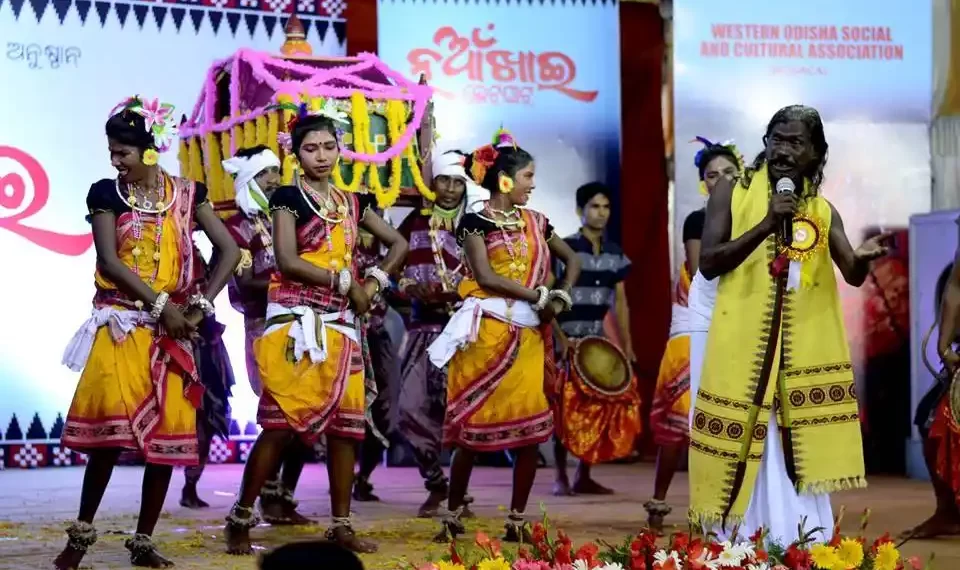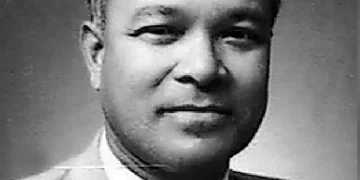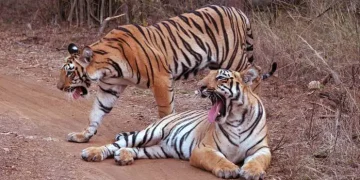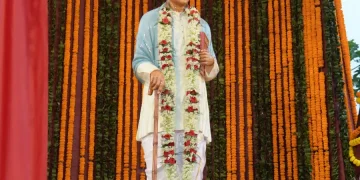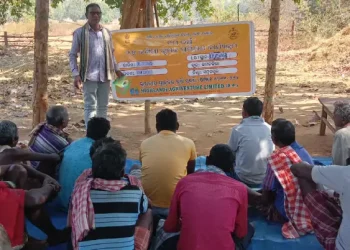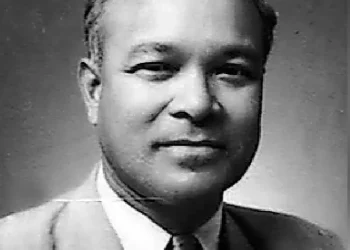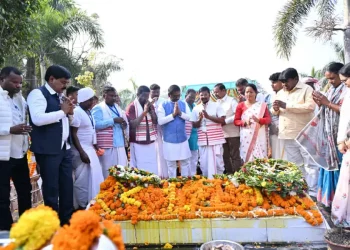Bhubaneswar
The palki (palanquin) with the gorgeously attired groom inside it wobbles along. A singer in front of it warbles out in Sambalpuri dialect to narrate the wedding of divine couple Ram and Sita. A flock of male and female dancers sways and swings rhythmically to the beats of nishan, jhanj, tasha and mahuri.
The whole scenario is a snap-shot of Dula Biha (groom’s marriage in Odia), wherein a child of an aristocratic family in the tribal society of Kuddas in Western Odisha flags off his expedition to bride’s house to tie the knot. The show is replayed when the groom and bride return in the same palki.
In times of yore, Dula Biha, packaged in all sound and music, posed an integral segment of tribal nuptials. But it gradually started losing its rhyme and rhythm under the pressure of corrosive time. The real show of the past gradually trimmed down to stage shows. About 50 troupes used to enact it at different cultural programmes till 1960s.
But they started collapsing one after another under the weight of the sprawling influence of the big screen and the small screen. By early eighties, even the stage shows were down and almost out.
When death- knell started tolling for Dula Biha, about 11 artistes closed ranks under the banner of Dula Biha Sanskrutia Parisha (DBSP) in 1984 in village Ghess of Bargarh to arrest its slide into oblivion.
Back on to the track, Dula Biha is now staged inside and outside the State at different points of time to the amusement of culture vultures. Even Bollywood was once enamoured of its music.
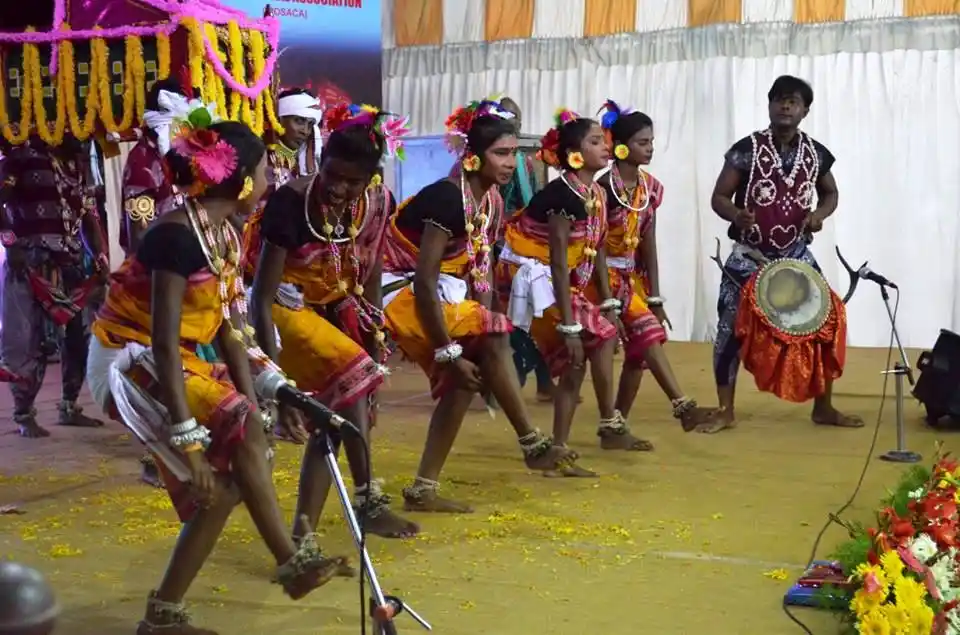
“Invited by Bollywood director Nilamadhav Panda in 2013, we scored music for famous Sambalpuri song Rangabati (in its Hindi translation) for his film Kaun Kitne Pani Mein,” DBSP secretary Bedavyasa Sahu told The Indian Tribal. The DBSP secretary claimed theirs to be the only cultural outfit of its kind in Odisha.
“Dula Biha was performed when child marriage was an in-thing in the past. While four of the Kuddas used to bear the palki, Gondaa artistes were in charge of their traditional orchestra,” said scholar Suvendu Sahu, who got senior fellowship from the Union Ministry of Culture in 2015 for his work on the music of Western Odisha.
All five DBSP male artistes are daily wagers who cling to it because of their passion. Two of its female artistes, who are married, are also labourers. While two are plus-II students of Ghess College, other two look after their own households.
“As a daily wager, I earn Rs 300 to 350 every day. Yet I take part in Dula Biha as a musician and dancer because of my love for it,” said artiste Manindra Bag, who plays Nishan during Dula Biha.
Attired in specific costumes and adorned with particular metal, leaf and feather ornaments, DBSP artistes dance before and behind the palki to the beats panchabadya (some call it Gana Baja and others name it Dulduli) of Nishans, one Tasha, one Mahuri and one Jhanj. The singer among them warbles out the marriage of Ram and Sita.
“Dula Biha has more than 50 Sambalpuri songs as its repository. The duration of a show varies between 20 minutes and 30 minutes on an average,” said 73 years old singer Padma Shri Haldhar Nag. Nag, who sings no more, was awarded Padma Shri five years ago for his contribution to folk literature.
The male artistes put on decorated jackets, dhoti, bracelets of kaudi (small white shells), necklace of kaudi or artificial pearls, chaanra of German silver around their hands and gunghroo round their ankles. They have paga (a specific type of pagdi) atop the head with either a feather of a peacock or of a hen stuck into it. Each of the bearers holds a chamar (fly- whisk) in one hand. They leave the wooden bars of palki to rest on their shoulders, while swinging their bodies, shuffling their steps and waving about their both hands rhythmically.
On the other hand, a female artiste in Sambalpuri saree is embellished with kamala pata of German silver around the waist, bauti (armlets). They make round khupa (bun in English) on the top of their head with marigolds set around it. Like their male counterparts they stick a feather into the khupa or sometimes a small twig of a mango tree with green leaves takes the place of the feather. They too wear ghungroo around their ankles.
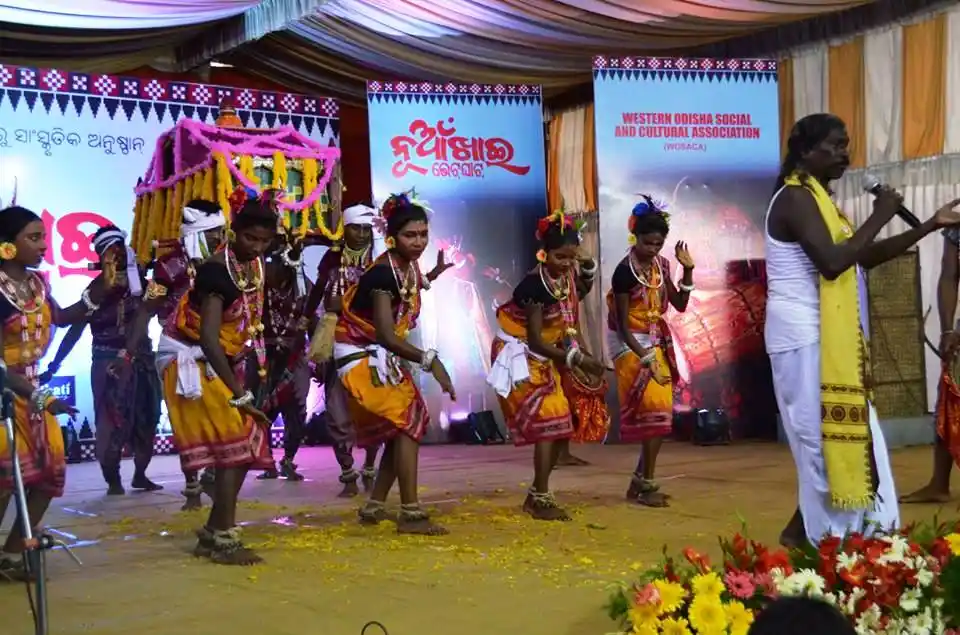
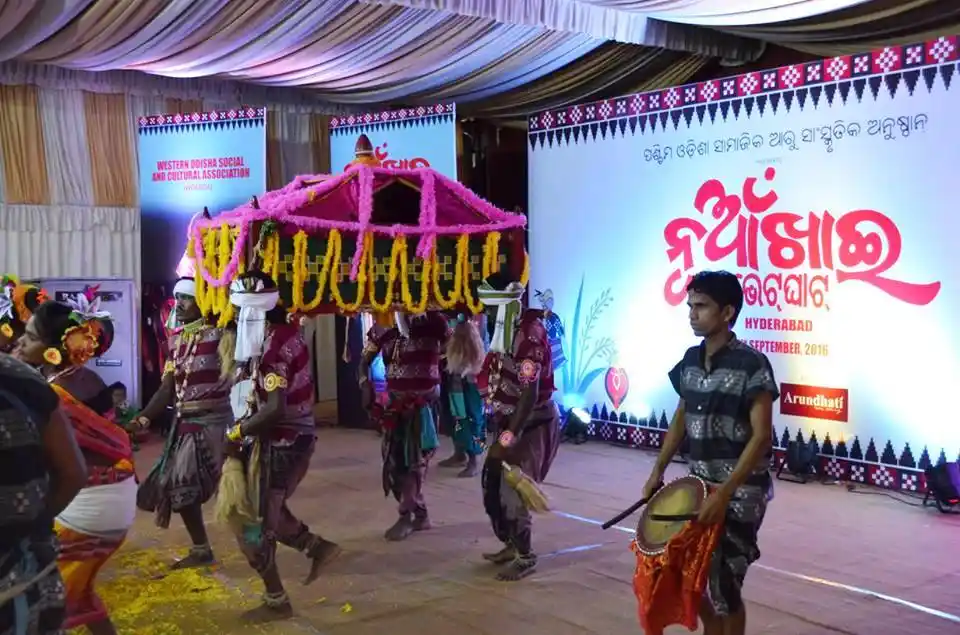
“Till date DBSP has already staged over 260 shows inside Odisha and more than 17 in cities like Kolkata, Nasik, Delhi, Mysore and Hyderabad. Our fee per performance is 30,000 to Rs 35,000 inside the state. It shoots up to Rs. 50,000 to Rs.80, 000 (depending upon the distance covered) outside the state,” said DBSP president Giridhara Sahu.
“A major chunk of income is used to purchase new costumes after every three years and to repair our palki. The remaining amount is distributed among the artistes.”

